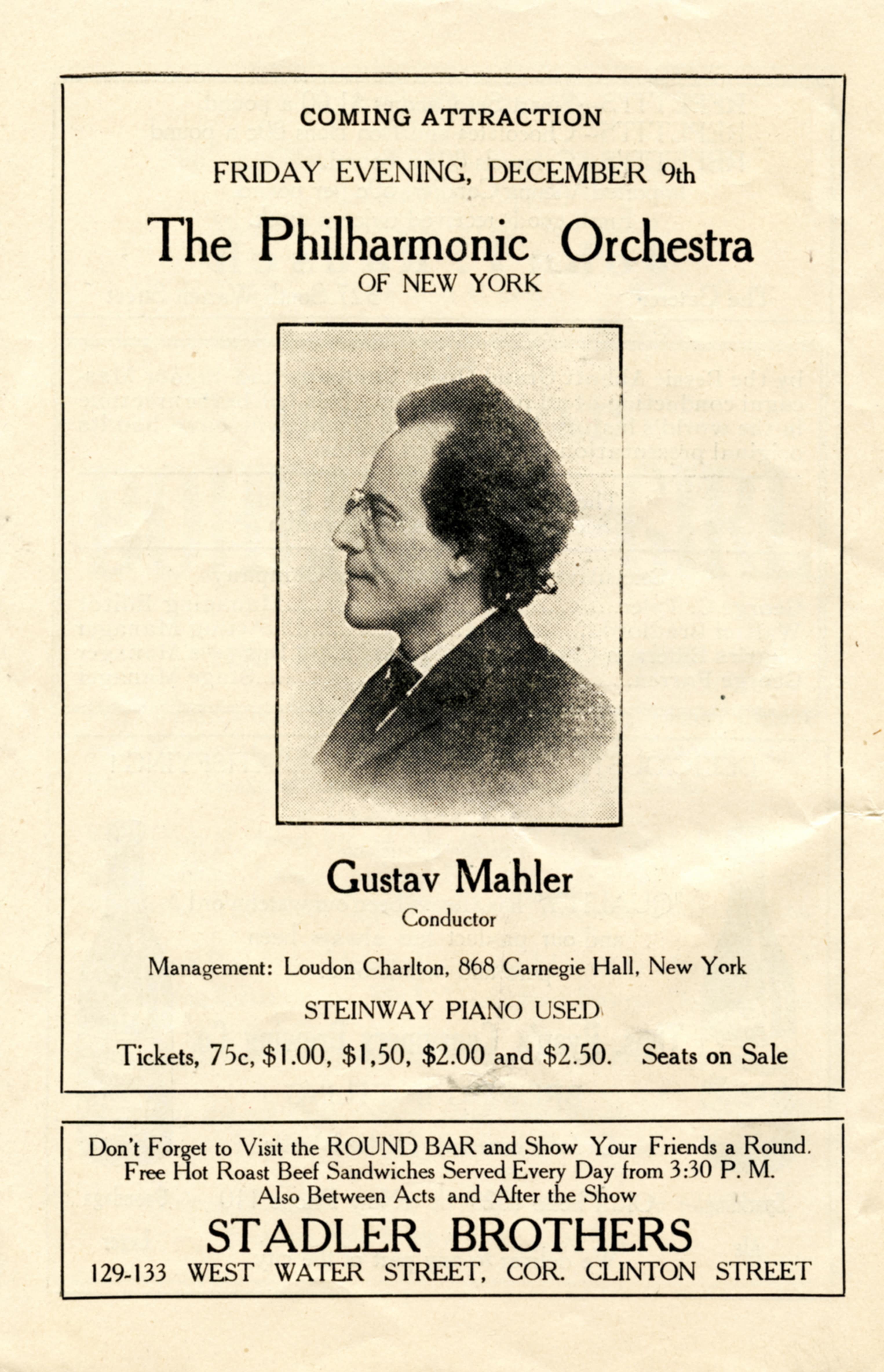Sibelius returns to the Midwest
mainAfter a two-year break for certain local difficulties, Osmo Vänskä and the Minnesotans will resume recording the Sibelius symphonies for BIS.
Press release below.

MINNEAPOLIS, MN (January 12, 2015)—Music Director Osmo Vänskä and the Minnesota Orchestra will resume recording for a Sibelius Symphonies cycle with BIS Records later this season in order to complete their survey of the Finnish composer’s seven symphonies. Following live performances, the Orchestra will record Sibelius’ Third, Sixth and Seventh symphonies in nine sessions at Orchestra Hall this May and June. A release date for this final album in the cycle is yet to be announced.
Mr. Vänskä and the Orchestra have previously released four Sibelius symphonies on the Swedish BIS label to accolades; an album featuring the stirring Second and Fifth Symphonies was issued in January 2012, earning a 2013 Grammy nomination, and a second CD, featuring the First and Fourth Symphonies, was released in February 2013 and won the 2014 Grammy Award for “Best Orchestral Performance.” The Sibelius recording project was put on hiatus during the Orchestra’s lockout; the planned 2015 sessions will mark the first recording sessions the Minnesota Orchestra has held since June 2012.





Glad to hear this. One of the best things about the first recording was that the orchestral strings were in the standard late-19th-century, echt-Sibelius layout with divided violins, cellos left and violas right (there’s at least one picture of Sibelius conducting an orchestra with this seating). The second recording unfortunately reverted to a typical American arrangement. Lets hope the remaining discs go back to the more musically appropriate old arrangement — Sibelius knew what he was doing when it comes to the strings. The beginning of the 6th in particular only makes sense performed this way.
What a fascinating post, Sixtus. Many thanks….
You’re welcome. The revival of the old seating plan is one of my obsessions, and I speak up whenever NL posts a piece in which I think mentioning it is relevant. Astonishingly, in the 50-plus years of the stereo era, I know of NO commercially released Sibelius cycle using the old layout, which is the musically superior one, not to mention the most historically authentic, for almost all orchestral music composed from around the 1850s up through the 1920s. The Bruckner symphonies also had to wait till this century for an integral conductor/orchestra cycle (Blomstedt/Dresden). And there are still major pieces (e.g. Tchaikovsky Serenade for Strings) that have yet to receive this treatment from a major orchestra. Even if Vanska/Minnesota returned to the old seating, that still leaves their disc of 1 and 4 as a disappointing odd man out, much like the 8th of Kubelik’s Dvorak cycle on DG. Let’s hope the musically and sonically excellent Strauss tone poem cycle underway with Roth and the SWR orchestra continues its old-seating policy. If so, it will the the first of its kind and will automatically trump in my book the otherwise admirable efforts by Kempe and Zinman.
I am a big fan of the old seating plan, too, not just because of divided violins, as a former bass player I also like it when the basses sit on the left and face forward rather than play sideways into the orchestra, or when they are in a row behind the orchestra. You can hear that very well on Thielemann’s recording of the Alpensinfonie, for instance.
I wouldn’t go as far as automatically declaring a performance superior just because it uses the old seating though. I don’t think the Strauss cycle with Kempe will ever be bettered, that’s a fabulous set with the most authentic and idiomatic (whatever that may mean, this is what idiomatic is) playing by the orchestra.
I wasn’t aware that Roth also uses the old seating in his Strauss recordings, but I am not surprised seeing that he has done a lot of period performance with his own Les Siècles. I have seen (on TV) their performance of Le Sacre du printemps at the Proms although I am not sure how “authentic” that really was – they sounded a lot more like a modern orchestra than what one can hear in old recordings of French orchestras. But I was planning to check out his Strauss cycle anyway, I like his work and the orchestra is great, plus these Haenssler releases of SWR productions are usually very well recorded.
I am surprised that the Dvorak 8 in Kubelik’s cycle doesn’t use the old seating which he generally preferred but you are right, of course – I just checked. I have the whole box but never listened to the 8th (I almost never listen to that symphony, it’s a nice piece but I had to play it way too often).
You may be aware that most (if not all?) the recordings Sinopoli made with the Philharmonia also use the old seating, although he did not always use it in recordings and concerts.
Finally, I am not aware of a whole Sibelius cycle with the old seating either. The only recordings I can think of right now are the 7th with Mravinsky/Leningrad and the 2nd with Temirkanov/St.Petersburg Philharmonic and Salonen/LAP. He did a whole cycle in LA which apparently was supposed to be all released on “DG Concerts” but only the 2nd eventually came out. But – you haven’t missed much, I heard most of the performances live, including the 6th where having divided violins was not that much of an advantage as I was siting very close to the orchestra so I could hear how badly the back desks of the 2nd violins fiddled through the piece…
Correction: the Bruckner cycle is Blomstedt/Gewandhaus. It is quite recommendable, musically and sonically. Buying the complete set can be pricey, unfortunately.
I think BIS has a really strange Sibelius complex, of an almost manic character. Just wonder who is going to buy all these different interpretations… And Berglund’s (excellent) versions for EMI and the one for Ondine are already one or two too much… Then those by Järvi etc etc. I think one could live with one Vänskä version, which is also excellent, but not congenial. In those difficult times for recording companies, its managers seem to be totally uninspired and lacking of ideas…
BIS have recorded a lot of Sibelius, including a lot of rare Sibelius and many alternative, early versions of his works, because it is a Swedish label with an emphasis on composers from the Nordic countries. But they can hardly be accused of being uninspired or lacking ideas – just take a look at their vast catalog and how much really rare and unusual repertoire they have recorded, generally in very good quality.